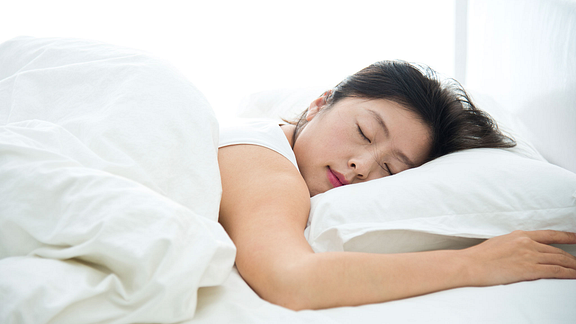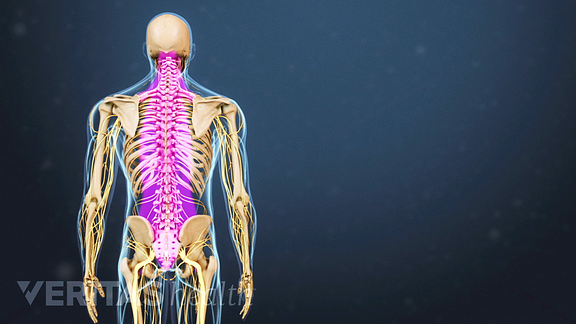Lower back pain makes it hard to fall asleep and can startle you awake at any hour of the night. Here is a simple guide to sleeping with lower back pain:
1. Sleep on your side to relieve pain from a pulled back muscle
One of the most common causes of lower back pain is a pulled back muscle. Symptoms typically resolve within a few days, but the intense pain can make it difficult to fall asleep at night.
No single sleeping position works for every person with
a pulled back muscle, but a good place to start is to experiment with sleeping on your side. When sleeping on your side, try the following:
One of the most common causes of lower back pain is a pulled back muscle. Symptoms typically resolve within a few days, but the intense pain can make it difficult to fall asleep at night.
No single sleeping position works for every person with
a pulled back muscle, but a good place to start is to experiment with sleeping on your side. When sleeping on your side, try the following:
- Avoid the fetal position and instead sleep with your body slightly elongated.
- Slip a slim pillow between your knees to promote spinal alignment.
- Find a pillow that holds your head midway between each shoulder. If your pillow is too thin or too thick, it can bend your neck at an uncomfortable angle.
You may benefit from wearing a disposable heat wrap to help alleviate the pain. These wraps deliver muscle-relaxing heat for several hours and may help you fall asleep faster and stay asleep longer.
2. Listen to soothing audio
Without everyday distractions at bedtime, you tend to focus more on your back pain. As you pay more attention to your back pain, your anxiety can start to rise—which can make it harder to fall asleep.
The practice of listening to various forms of soothing audio can relieve both your anxiety and your experience of back pain by redirecting your focus away from your symptoms. Several nighttime audio options you can try include:
- Classical music
- Audio books intended for children
- Relaxation podcasts
Regardless of what kind of audio you choose to play, make sure it is free of harsh sounds or intense plot lines.
3. Don’t skimp on your mattress
It is important not to neglect your mattress. A sagging mattress can exacerbate lower back pain by placing stress on your spinal structures, often making it harder to fall asleep.
The best mattress for you is ultimately the one that provides the best sleep. Here are a few tips to help get you started in your mattress search:
• Your mattress should support the natural curve of your spine. This means your spine should look similar when you lie down as when you’re standing with good posture.
• Visit your local mattress store and try out various types of mattresses. After 15 minutes on a mattress, you will have a general idea if it is a good fit for you.
• If you sleep with a partner, consider a larger- sized mattress. This will allow you both room to sleep without startling one another awake.
I hope all of the above advice will help you find relief from your lower back pain and enjoy a more restful night’s sleep.
Call ABChiropractic Family & Wellness, Your family destination for fast pain relief and wellness in St. Charles, MO 63303. 636-916-0660

